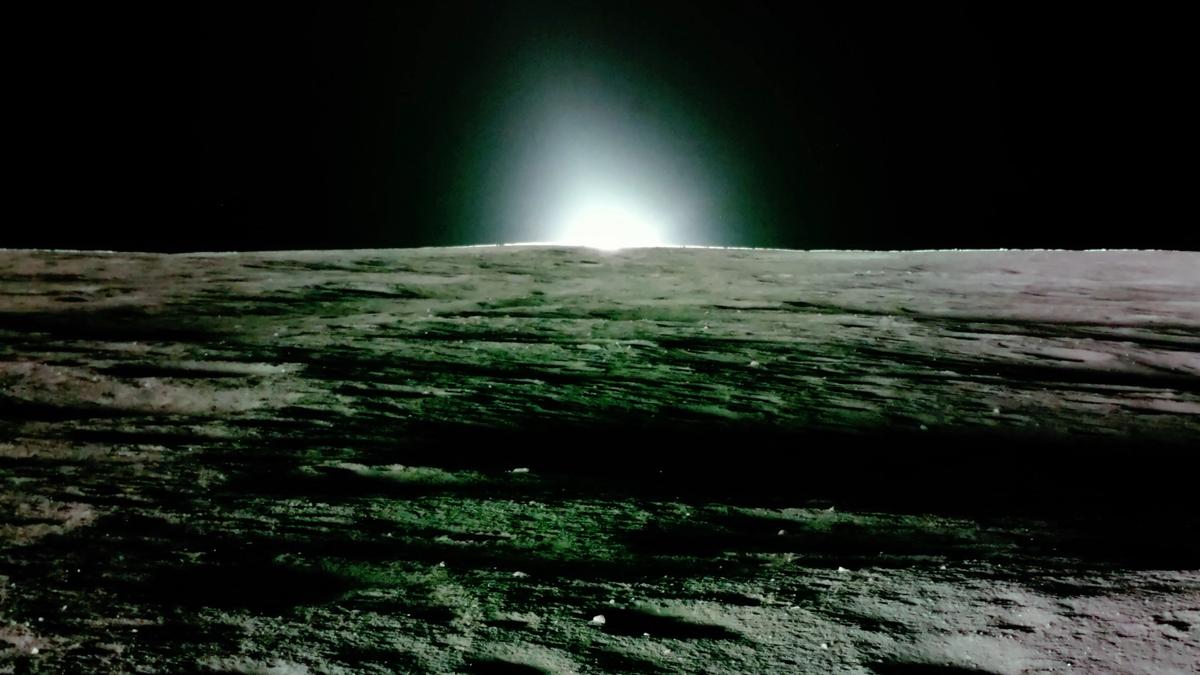
IISc. researchers develop bacteria-based technique to repair space bricks in lunar habitats
The Hindu
To cut costs, instead of carrying material from Earth, astronauts would need to use the abundantly available lunar soil, or ‘regolith’ – a complex mixture of broken minerals and rocks – to build structures on site.
Researchers at the Indian Institute of Science (IISc.) have developed a bacteria-based technique to repair bricks that can be used to build lunar habitats, if they get damaged in the moon’s harsh environment.
According to IISc., future lunar expeditions are no longer planned as just flyby missions. NASA’s Artemis programme, for example, seeks to set up a permanent habitat on the moon.
To cut costs, instead of carrying material from Earth, astronauts would need to use the abundantly available lunar soil, or ‘regolith’ – a complex mixture of broken minerals and rocks – to build structures on site.
A few years ago, researchers at the Department of Mechanical Engineering (ME), IISc., developed a technique that uses a soil bacterium called sporosarcina pasteurii to build bricks out of lunar and Martian soil simulants.
The bacterium converts urea and calcium into calcium carbonate crystals that, along with guar gum, glue the soil particles together to create brick-like materials. This process is an eco-friendly and low-cost alternative to using cement.
Subsequently, the team also explored sintering – heating a compacted mixture of soil simulant and a polymer called polyvinyl alcohol to very high temperatures – to create much stronger bricks.
“It’s one of the classical ways of making bricks. It makes bricks of very high strength, more than adequate even for regular housing,” said Aloke Kumar, Associate Professor in the Department of ME and corresponding author of the study.

 Run 3 Space | Play Space Running Game
Run 3 Space | Play Space Running Game Traffic Jam 3D | Online Racing Game
Traffic Jam 3D | Online Racing Game Duck Hunt | Play Old Classic Game
Duck Hunt | Play Old Classic Game











